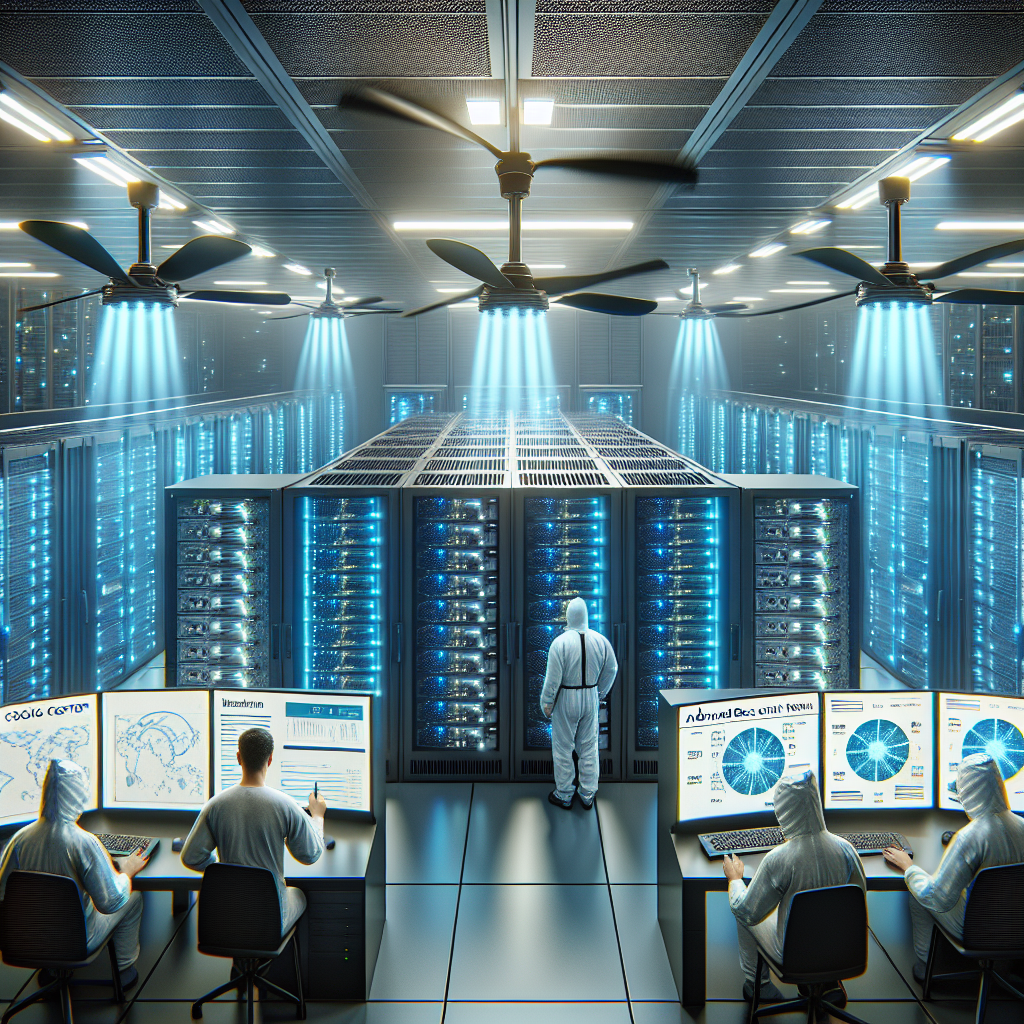Your cart is currently empty!
Cooling Strategies for Data Centers: Tips and Tricks

Data centers are critical components of today’s digital world, housing the servers and equipment that power everything from social media platforms to online shopping websites. With the increasing demand for data processing and storage, data centers are becoming larger and more complex, leading to higher temperatures and energy consumption. Cooling strategies are essential to ensure that data centers operate efficiently and reliably. Here are some tips and tricks for effective cooling in data centers.
1. Hot and Cold Aisle Containment: One of the most effective ways to improve cooling efficiency in a data center is to implement hot and cold aisle containment. By segregating hot and cold air streams, you can prevent hot air from mixing with cold air, reducing the workload on cooling systems. This design also helps to optimize airflow and temperature distribution, improving overall cooling effectiveness.
2. Cold Air Distribution: Proper airflow management is crucial for maintaining optimal temperatures in a data center. Make sure that cold air is distributed evenly throughout the facility to prevent hot spots and ensure that equipment remains within the recommended temperature range. Use perforated floor tiles, overhead ducts, and blanking panels to guide cold air to where it is needed most.
3. Utilize Economizers: Data centers consume a significant amount of energy for cooling purposes, leading to high operational costs and environmental impact. Economizers are cooling systems that use outdoor air to cool data center equipment, reducing the need for mechanical cooling. By taking advantage of free cooling when outdoor temperatures are lower, you can save on energy costs and reduce carbon emissions.
4. Optimize Cooling Systems: Regular maintenance and optimization of cooling systems are essential for maximizing efficiency and performance. Ensure that cooling units are clean and free of debris, check for leaks in the refrigerant lines, and calibrate temperature sensors regularly. Implementing a proactive maintenance schedule can help identify and address potential issues before they affect data center operations.
5. Consider Liquid Cooling: Liquid cooling is an emerging technology that offers a more efficient and cost-effective solution for cooling high-density data center equipment. Liquid cooling systems use water or other fluids to remove heat directly from the servers, offering better thermal performance and energy efficiency compared to traditional air cooling methods. While liquid cooling requires careful planning and design, it can significantly reduce cooling costs and improve overall data center efficiency.
In conclusion, effective cooling strategies are essential for maintaining optimal temperatures and maximizing efficiency in data centers. By implementing hot and cold aisle containment, optimizing airflow distribution, utilizing economizers, and considering liquid cooling options, data center operators can reduce energy consumption, lower operational costs, and improve overall performance. With careful planning and implementation of cooling strategies, data centers can operate more efficiently and reliably in today’s increasingly demanding digital landscape.

Leave a Reply